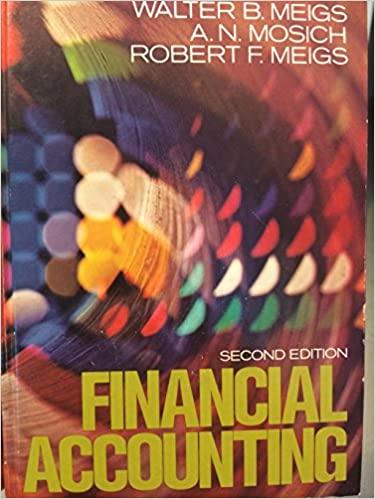
Neoclassical Growth Model: No Uncertainty Consider a following economy. Time is discrete and has an infinite horizon (t = 0,1.2..). There is one representative household and one representative firm. There are three markets. Goods, labor, and capital. Final output produced by the firm can be either consumed or invested by the household. Household has a CRRA utility over the lifetime consumption of final goods, with discount factor B E (0,1) and risk aversion (or inverse of Elasticity of Intertemporal Substitution) : U(c) = '. 1-7 t=0 The household takes prices as given, and chooses how much to consume and invest under her lifetime budget constraint. She earns labor and capital income, by providing labor and capital rental services to the firm. She is endowed with initial level of capital ko and labor hours every period 7 = 1. Capital depreciates every period by rate 6, so the law of motion is: ke-1 = (1 - Ok+is, where i, is an investment in period t. Firm maximizes its profit every period. Firm's production function is given as the following: F(ke,l;ai) = ako n-a, a (0,1) where a is productivity in period t, which is given as exogenous for all period t2 0. Firm takes output prices (R.), capital rental rates (re), and wages (w) as given. (a) Set up a Social Planner's Problem and characterize it. (b) Solve for the steady state. (c) (Permanent change in productivity) Choose an initial level of productivity (ao). Choose an end productivity levela, which is higher than the initial one ao. Productivity switches permanently from low productivity ao to a higher onea in period 1. Write down a Dynare code for the transition of steady states. Run it. Plot transitions of consumption, capital, and productivity. (d) (Temporary change in productivity) Choose an initial level of productivity (ao). Choose a higher productivity level a than ao. Productivity switches temporarily from low productivity ao to a higher one a from period 5 to 15, and stays at an afterwards. Write down a Dynare code for the temporary transition. Run it. Plot the time series of consumption, capital, and productivity. (e) Define a Competitive Equilibrium in this economy and characterize it. (f) (Permanent change in productivity, CE version) Do the same as in 1.[c), but with prices (wages, capital rental rates, and prices). Plot transitions of consumption, capital, productivity, wages, capital rental rate, and prices. (g) (Temporary change in productivity, CE version) Do the same as in 1.(d), but with prices (wages, capital rental rates, and prices). Plot the time series of consumption, capital, productivity, wages, capital rental rate, and prices. Neoclassical Growth Model: No Uncertainty Consider a following economy. Time is discrete and has an infinite horizon (t = 0,1.2..). There is one representative household and one representative firm. There are three markets. Goods, labor, and capital. Final output produced by the firm can be either consumed or invested by the household. Household has a CRRA utility over the lifetime consumption of final goods, with discount factor B E (0,1) and risk aversion (or inverse of Elasticity of Intertemporal Substitution) : U(c) = '. 1-7 t=0 The household takes prices as given, and chooses how much to consume and invest under her lifetime budget constraint. She earns labor and capital income, by providing labor and capital rental services to the firm. She is endowed with initial level of capital ko and labor hours every period 7 = 1. Capital depreciates every period by rate 6, so the law of motion is: ke-1 = (1 - Ok+is, where i, is an investment in period t. Firm maximizes its profit every period. Firm's production function is given as the following: F(ke,l;ai) = ako n-a, a (0,1) where a is productivity in period t, which is given as exogenous for all period t2 0. Firm takes output prices (R.), capital rental rates (re), and wages (w) as given. (a) Set up a Social Planner's Problem and characterize it. (b) Solve for the steady state. (c) (Permanent change in productivity) Choose an initial level of productivity (ao). Choose an end productivity levela, which is higher than the initial one ao. Productivity switches permanently from low productivity ao to a higher onea in period 1. Write down a Dynare code for the transition of steady states. Run it. Plot transitions of consumption, capital, and productivity. (d) (Temporary change in productivity) Choose an initial level of productivity (ao). Choose a higher productivity level a than ao. Productivity switches temporarily from low productivity ao to a higher one a from period 5 to 15, and stays at an afterwards. Write down a Dynare code for the temporary transition. Run it. Plot the time series of consumption, capital, and productivity. (e) Define a Competitive Equilibrium in this economy and characterize it. (f) (Permanent change in productivity, CE version) Do the same as in 1.[c), but with prices (wages, capital rental rates, and prices). Plot transitions of consumption, capital, productivity, wages, capital rental rate, and prices. (g) (Temporary change in productivity, CE version) Do the same as in 1.(d), but with prices (wages, capital rental rates, and prices). Plot the time series of consumption, capital, productivity, wages, capital rental rate, and prices







